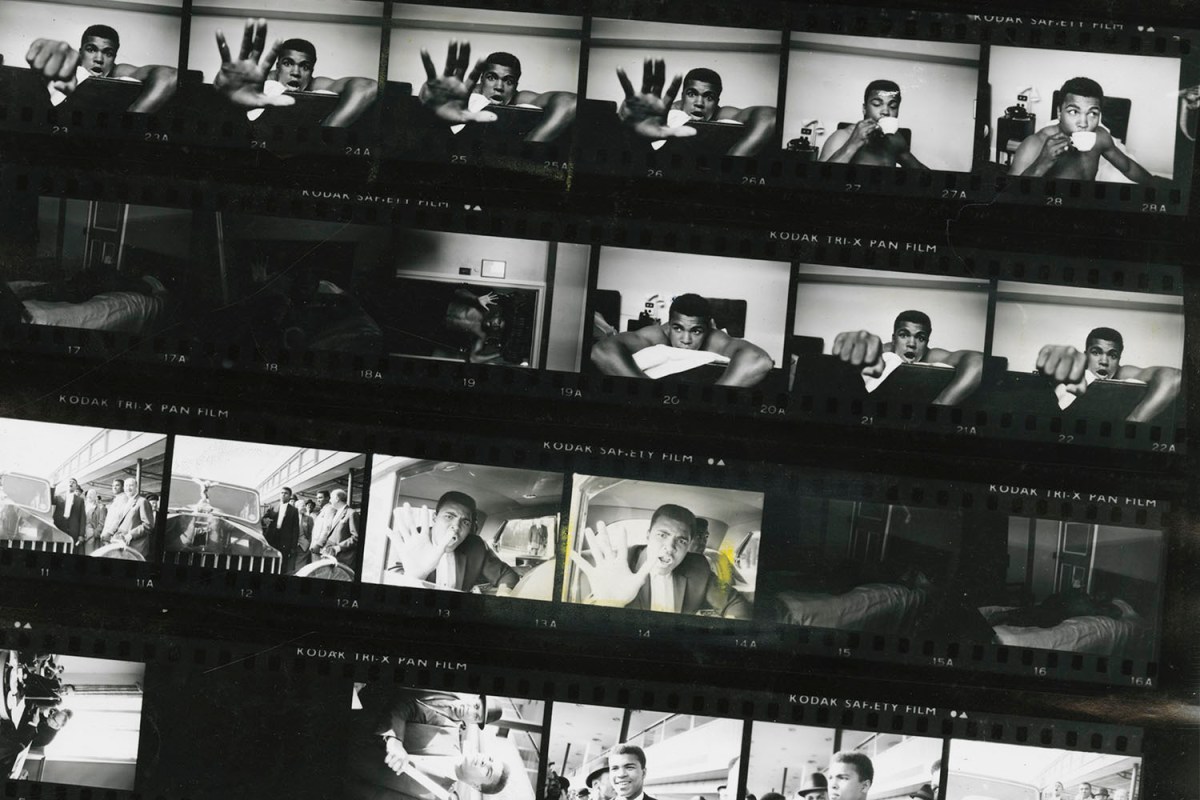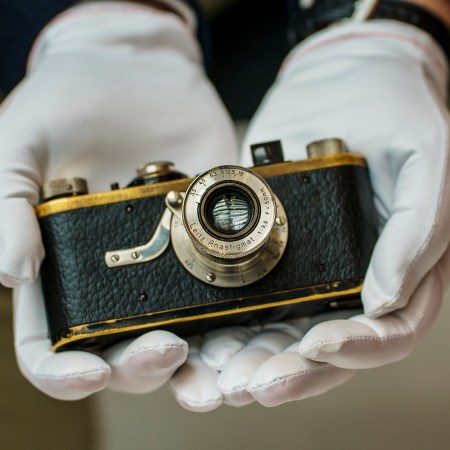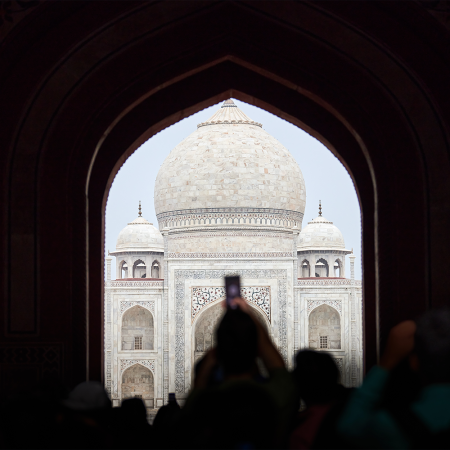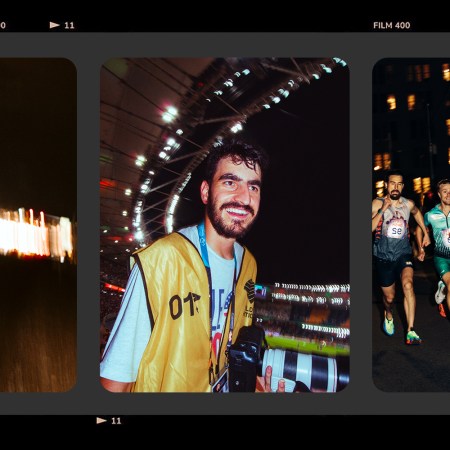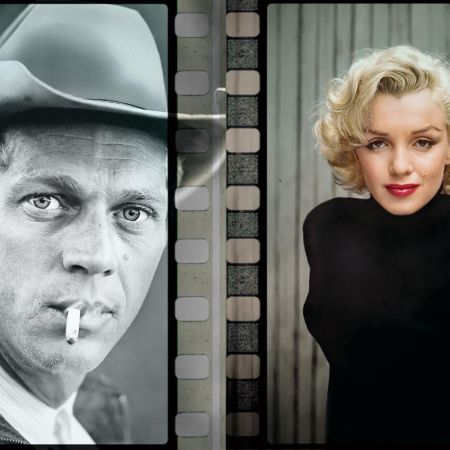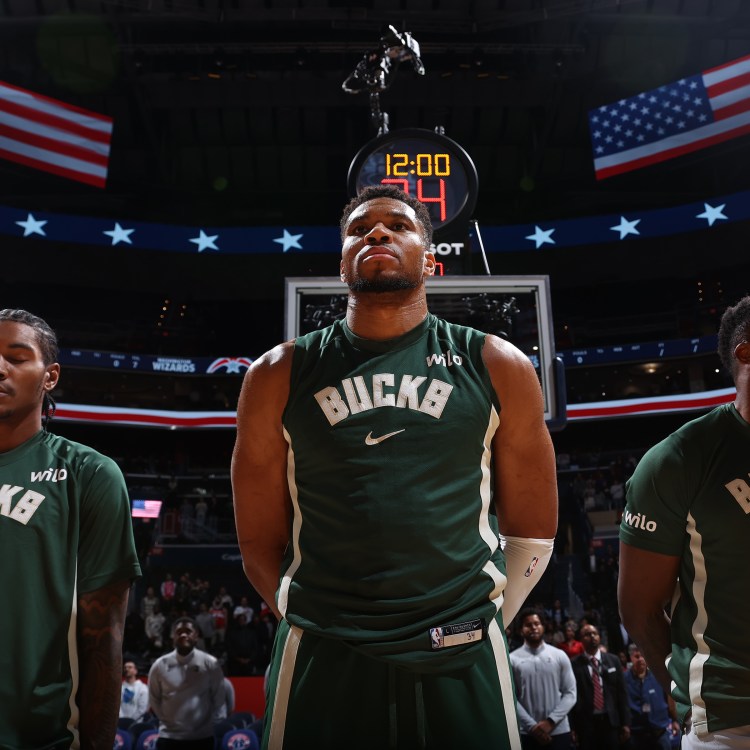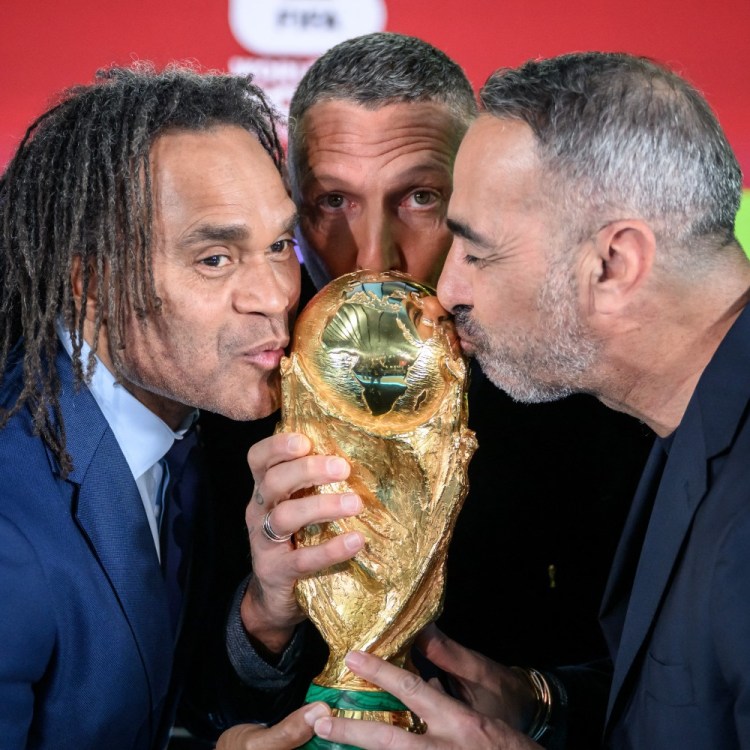My father, now in his early 70s, still remembers watching Muhammad Ali fight Sonny Liston on television in the early 1960s. He would have been a teenager at the time, but the memory is still fresh: his jabs, the famous “Ali Shuffle,” the way he danced — “It really wasn’t a good fight. I think Sonny was pretty over the top at that point,” my father says. “But Ali took care of him pretty good.”
My friend Joshua is in his early 30s and knows Ali only through the lore passed down from his father, but he speaks in similarly hyperbolic terms: “There are four athletes in my father’s lifetime he said got to a point of invincibility … ‘God could have come down and they weren’t losing that day,’” he says, quoting his dad. Ironically, his dad cites the Ali-Joe Frazier “Fight of the Century” at Madison Square Garden in 1971 as that kind of day, a battle Ali famously lost. “I bring that up and my dad says, ‘Nah, he didn’t lose that fight.’”
Ali will be remembered for decades, perhaps centuries, for his indisputable stature as an athlete alone. But The Louisville Lip, The People’s Champ, The Greatest is also etched into memory for his public persona: the charisma, the banter (with his opponents as well as with famed sportscaster Howard Cossell), the activism, the controversies, the media savvy.
“Ali was a master of media hype,” says April Watson, curator of The Nelson-Atkins Museum of Art exhibition Gordon Parks x Muhammad Ali: The Image of a Champion, 1966 | 1970. Before Ali’s arrival, reporters of the era were used to more understated athletes like Joe Louis, who was quiet, even aloof, in front of the media. Then Ali came along, Watson says, and flipped the dynamic on its head.
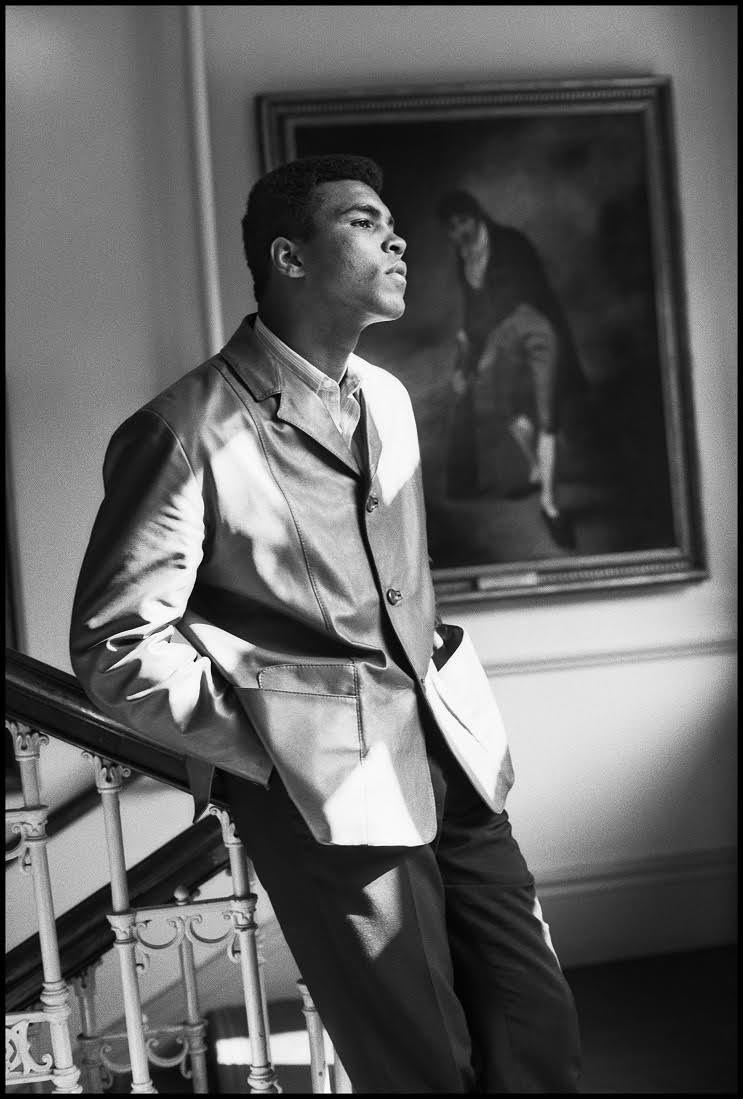
It was something he knew how to do from a relatively young age, instinctually. At just 19, for example, Ali — then known as Cassius Clay — met photographer Flip Schulke at the Sir John Hotel in Miami. The boxer had won an Olympic gold medal in boxing the year prior. Schulke arrived to photograph him and saw the young boxer training in the pool. “’Oh, I’ve always done this,” Schulke remembered the boxer telling him in his 2003 book Witness to Our Times. “‘An old trainer up in Louisville told me that if I practice in the pool, the water resistance acts just like a weight.’” They scheduled their photos for the pool. LIFE, then the preeminent documentarian of American life, thought it was a great idea.
The resulting images are elegant, powerful and unique: one image of Ali in a boxing stance at the bottom of the pool, while not actually published in LIFE, became one of the photographer’s bestselling images ever (a print of the image sold for over $10,000 at a Sotheby’s auction in 2019). But the best part of the story is that Ali fooled the photographer completely: there was no such training regimen — he didn’t even know how to swim. “I learned later he and his trainer had come up with the whole story on their own,” Schulke wrote. “He fooled everybody — and it made fantastic pictures. It showed me what a brilliant guy he was, even at 19. He thought up an idea I would swallow.”
Ali knew how to show up for the camera and show up in a way he wanted to be seen. “I know where I’m going and I know the truth, and I don’t have to be what you want me to be,” he notably said. “I’m free to be what I want.” The most famous athlete in the world at the time, he would stand his ground and say what others couldn’t, Watson says.
At a press junket in 1964, a new band visiting America called The Beatles posed with Ali, whose first fight with reigning heavyweight champion Sonny Liston was the next day. Ali was the underdog, with a modest 7-1 record to his name at the time. The Beatles were actually hoping for pictures with Liston, but to say he declined is an understatement. “Are these (expletives) what all the people are screaming about?” Liston said at the time. “My dog plays drums better than that kid with the big nose.” But the shoot became a joy for all involved, even though the Beatles were originally peeved at Ali’s late arrival.
“Suddenly the door bursts open and there is the most beautiful creature any of us had ever seen,” writer Robert Lipsyte said in 2011. “He leaned in, looked at them and said, ‘C’mon, let’s go make some money.’” He began running around the ring with the band, playfully punching them like dominoes. Ali won the fight against Liston the next day and became the World Heavyweight Champion. Upon Ali’s passing in 2016, Paul McCartney wrote fondly of the iconic boxer. “Besides being the greatest boxer, he was a beautiful, gentle man with a great sense of humour who would often pull a pack of cards out of his pocket, no matter how posh the occasion, and do a card trick for you.”
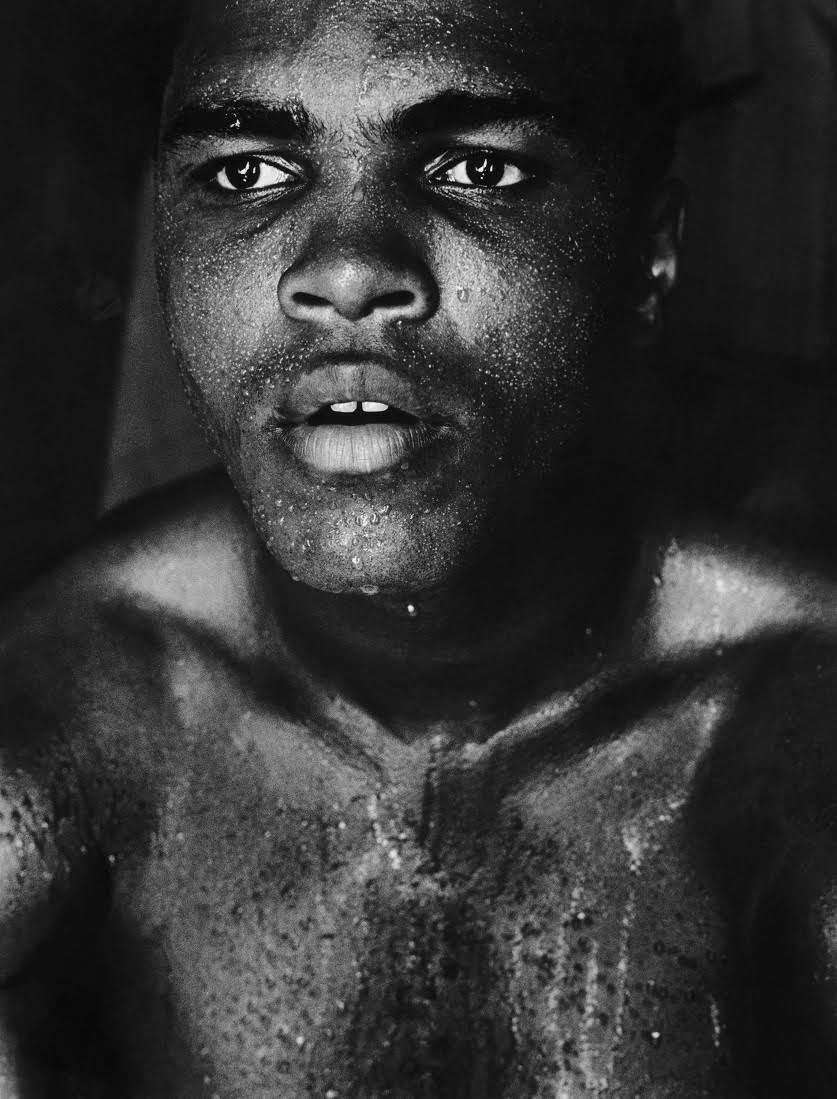
Yet as much as Ali was beloved after his win, he also drew his fair share of public ire: first for his conversion to Islam in 1964, and then again for his refusal to join the Army in 1967. Instrumental in countering negative public opinion — though not completely relieving it — was a 1966 essay and photo series by renowned photographer Gordon Parks in LIFE, the contents of which appear in the Nelson-Atkins exhibition. While the story featured just three images, it was in Parks’s essay that readers learned how Ali handled fame in all of its stunning highs and lows while trying to remain true to himself and his beliefs, something difficult for anyone to do, let alone a mega-famous man of just 24. Ali trusted Parks to do right by him and knew the importance of the magazine. He shared a vulnerable side of himself with the photojournalist, letting his guard down and allowing Parks to capture images that evoked a tender, sensitive and complex character.
Parks was highly respected in his field, the first African American on staff at the magazine and its only full-time African-American employee for years. “He was [the] first to break these boundaries and really leveraged his position at that magazine — in particular for the 1966 piece, to focus on Ali at a very controversial moment in his early career and shape a very sympathetic portrait of the athlete at a time when he really needed it,” Watson says.
Understanding both his audience and his subject, Parks capably walked the line between neutrality and sympathy, which worked: readers wrote into the magazine after Parks’s story ran saying their opinions of Ali had changed.
That Ali had many high-ranking members of the press on his side helped. He counted among his friends George Lois, the legendary Esquire art director, who by that point was highly regarded for making the magazine’s covers into thoughtful and innovative social critiques that were later featured at the Museum of Modern Art. Among these was Lois’s April 1968 cover for a story called “The Passion of Muhammad Ali.”
Lois and photographer Carl Fischer had decided to portray Ali as a version of the martyr St. Sebastian, arrows flying into his chest. The boxer had by then had his heavyweight title removed, was barred from fighting, denied a visa so he couldn’t fight internationally, fined $10,000 and wrongfully branded a draft-dodger for refusing to fight in the Vietnam War. Ali, of course, famously objected on the grounds that he was a Muslim minister and did not believe in violence of that nature. He was convicted but did not enter prison as he appealed the case and awaited a trial that would ultimately return him to the ring. By 1970, Ali was awarded boxing licenses in individual states like Georgia and New York, allowing for his October 1970 win against Jerry Quarry in Atlanta and March 1971 loss to Joe Frazier at Madison Square Garden. He was finally acquitted on a national level in June 1971, when his conviction was overturned by the U.S. Supreme Court.
While Ali loved the idea for the Esquire cover, he was concerned about the Christian symbolism, and called his spiritual advisor, Elijah Muhammad of the Nation of Islam, for guidance. The advisor ultimately said to move forward and do the shoot, and Ali saw the magic in it, too. “He took his right hand out from behind his back and pointed at each of the arrows. And then he’d say the names of the people in this world that were out to get him,” Lois remembered in 2016. “He’d point to one arrow: ‘Lyndon Johnson.’ The next one: ‘General [William] Westmoreland [who led the Vietnam operation].’ Then: ‘Robert McNamara.’ Each of the arrows [was] a person in the government that had hurt him. I can’t even tell you how stunning it was.” Even while suffering from the onset Parkinson’s disease years later, the athlete remembered how he named the arrows, and in the exact same order.
Ali would go on to confront public scrutiny with aplomb and mastery for as long as he could. “He came into this arena as a young black athlete who was brimming with self-confidence and was not afraid to speak his mind,” Watson says. “They didn’t really know what to do with Ali. He really forced reporters to treat him differently.”
The Charge will help you move better, think clearer and stay in the game longer. Subscribe to our wellness newsletter today.
